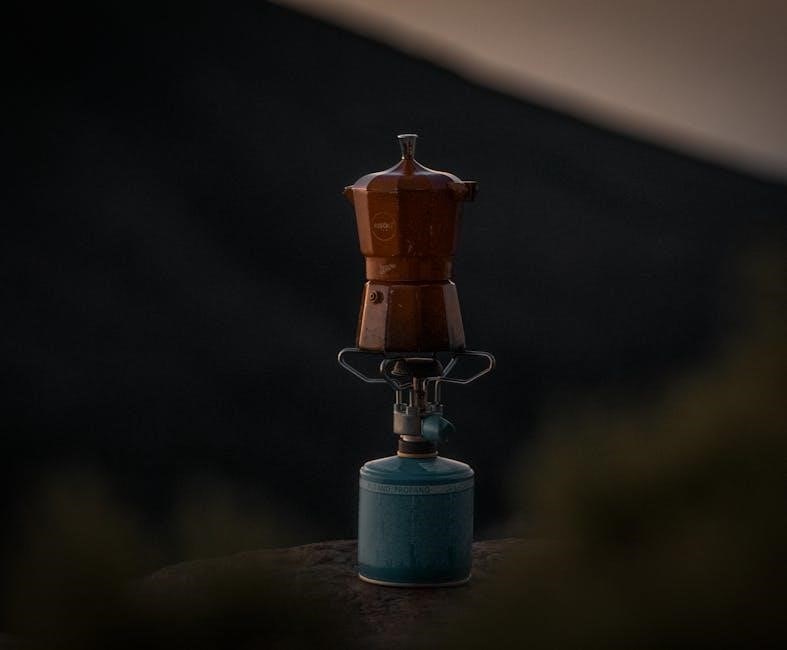boil mouthguard instructions
To begin, users should familiarize themselves with boil mouthguard instructions, which typically involve submerging the mouthguard in boiling water for a specified time, usually around 20-30 seconds, using a small pot and following package instructions carefully always.
Importance of Proper Fitting
The importance of proper fitting cannot be overstated when it comes to boil mouthguard instructions, as a well-fitting mouthguard is essential for effective protection of the teeth and mouth. A mouthguard that fits properly will stay in place during use, providing optimal protection and comfort. To achieve a proper fit, users should follow the boil mouthguard instructions carefully, taking the time to ensure that the mouthguard is softened sufficiently in boiling water before shaping it to fit their teeth. This involves submerging the mouthguard in boiling water for a specified time, usually around 20-30 seconds, and then removing it and shaping it to fit the teeth. Proper fitting is crucial for both comfort and effectiveness, and users should take the time to get it right. By following the boil mouthguard instructions and taking the time to ensure a proper fit, users can enjoy optimal protection and comfort. Additionally, a properly fitting mouthguard will help to prevent injuries and provide peace of mind for users. Overall, proper fitting is a critical aspect of boil mouthguard instructions.

Preparation for Boiling
Fill a small pot with enough water to submerge the mouthguard, then bring to a boil, preparing for the next step carefully always using fresh water.
Submerging the Mouthguard
To submerge the mouthguard, carefully place it into the boiling water, making sure it is fully covered. The water level should be high enough to completely submerge the mouthguard, allowing it to soften evenly. According to the instructions, the mouthguard should be submerged for a specific amount of time, usually between 20-30 seconds, depending on the type and model. It is essential to follow the recommended time to avoid overheating or underheating the mouthguard. The submerging process is crucial, as it will determine the overall fit and comfort of the mouthguard. After submerging, the mouthguard will be ready for the next step, which involves shaping and molding it to fit the individual’s teeth and mouth. The submerging time may vary, so it is crucial to consult the packaging instructions or manufacturer’s guidelines for specific recommendations. By following the correct submerging procedure, users can ensure a proper fit and maximum protection for their teeth and mouth. The mouthguard will then be ready to be removed from the water and shaped to fit the individual’s mouth.

Boiling and Shaping the Mouthguard
Boiling water softens the mouthguard, then shape it to fit teeth and gums perfectly always using fingers and lips for about twenty seconds or more carefully.
Removing Excess Water and Shaping
After boiling, remove the mouthguard from the water and shake off excess water to prevent overheating and discomfort. This step is crucial in ensuring a proper fit and comfort during use.
Using your fingers, press the mouthguard over your top teeth, making sure to cover the entire dental area.
Then, use your lips and cheeks to press the edges of the mouthguard into your teeth and gum line, holding for about 20 seconds to set the shape.
It is essential to follow the manufacturer’s instructions for the specific boiling time and shaping technique to achieve the best results.

The mouthguard should be cooled down sufficiently before placing it in the mouth to avoid any burns or discomfort.
By carefully removing excess water and shaping the mouthguard, users can ensure a comfortable and secure fit, providing optimal protection for their teeth and gums during sports and other activities.
Proper shaping and fitting of the mouthguard are critical in preventing injuries and ensuring the overall effectiveness of the mouthguard.
The goal is to achieve a snug and comfortable fit that stays in place during use, and removing excess water and shaping the mouthguard are essential steps in this process.
Overall, careful attention to these details is necessary to get the most out of the mouthguard and ensure optimal protection.

Types of Mouthguards and Their Fitting Instructions
Stock, boil-and-bite, and custom-made mouthguards are available, each with unique fitting instructions and purposes, requiring specific steps and techniques for proper fitting and use always and carefully.
Boil-and-Bite Mouthguards
Boil-and-bite mouthguards are a type of mouthguard that can be purchased at sports stores and are less expensive than custom-made guards. They are made of a thermoplastic material that is heated in boiling water to soften it, allowing it to be molded to the shape of the teeth and mouth; To fit a boil-and-bite mouthguard, the user must first heat the mouthguard in boiling water for 20-30 seconds, then remove it from the water and shake off any excess water. The mouthguard is then placed in the mouth and the user must bite down on it to shape it to their teeth. The user should also use their fingers to press the edges of the mouthguard into their teeth and gum line to ensure a proper fit. Boil-and-bite mouthguards are a popular choice for athletes because they are relatively inexpensive and can be fitted at home. However, they may not provide the same level of protection as custom-made mouthguards and may not last as long. Overall, boil-and-bite mouthguards are a good option for athletes who need a mouthguard but do not want to pay for a custom-made one. They are easy to use and can provide adequate protection for the teeth and mouth.

